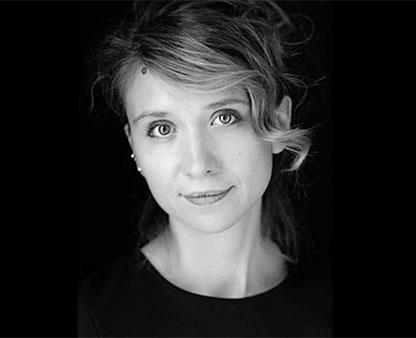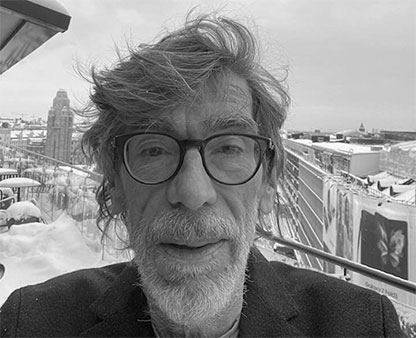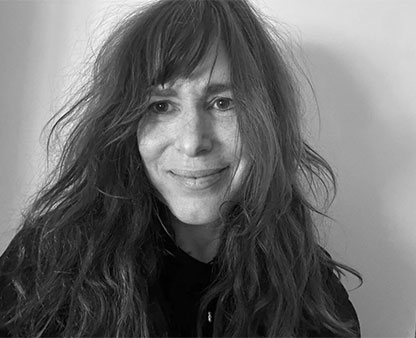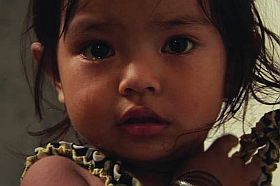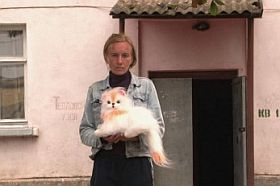I took this photo from the FB page of Jana Cisar, who was one of the tutors in Tbilisi at the DocStories Georgia workshop that ran parallel to the Cinedoc festival. Cisar has a premiere coming up of her film ”Böhmische Dörfer” at the Hofer Filmtage, that starts today. I have a dvd of the film and will watch and write about it asap. Link below.
The photo is taken from the Hotel Villa, where we were staying and represents very well the impression you get of the capital of Georgia, when you walk around and leave the noisy Rustaveli Avenue for backyards like this, lovely and charming to watch, probably difficult to live in, a lot of in-house discussions going on here and there, comments from the windows, Fellini and Iosseliani.
In FB language this is what I liked in Tbilisi: the food in general, the eggplant with nut cream, the katchapuri, the chinkali, the chacha (got home with two silver bottles and two gold) (thank you dear friends), the decadence, the cafés that are hidden from the streets, the hospitality, Pirosmani, the bookshops in the backyards, the fine weather in the beginning of the week, the organisation of the workshop by Nikos and the volunteers, the outdoor café at the Goethe Institute… and the dislikes: the constant overall smoking, the phone calling and text messaging and small talk in the cinemas, the child sitting on a cardboard begging on Rustaveli placed there by the mother, the disrespect of the car drivers for pedestrians, the sour red wine I got (my fault, could have researched better), the night flights out of the city, the information about the Russian provocation regarding the upcoming Olympics having a soldier hero from Ossetian war carry the torch, the young woman born in Abkhazia who with tears in her eyes told me her father was killed in the 1991- 93 war…
Yes, you are constantly reminded about the recent history and the hard conditions the Georgians live in – and how priviliged you are coming from a small country where a stupid debate the last week has gone around the scandalous overspending of a former prime minister, who went by first class flights all over the world as chair of an international organisation, luxurious hotels etc.etc. What a different life we live.
http://www.hofer-filmtage.com/en/festival2011/movies-2012-details/film/boehmische-doerfer.4237/
